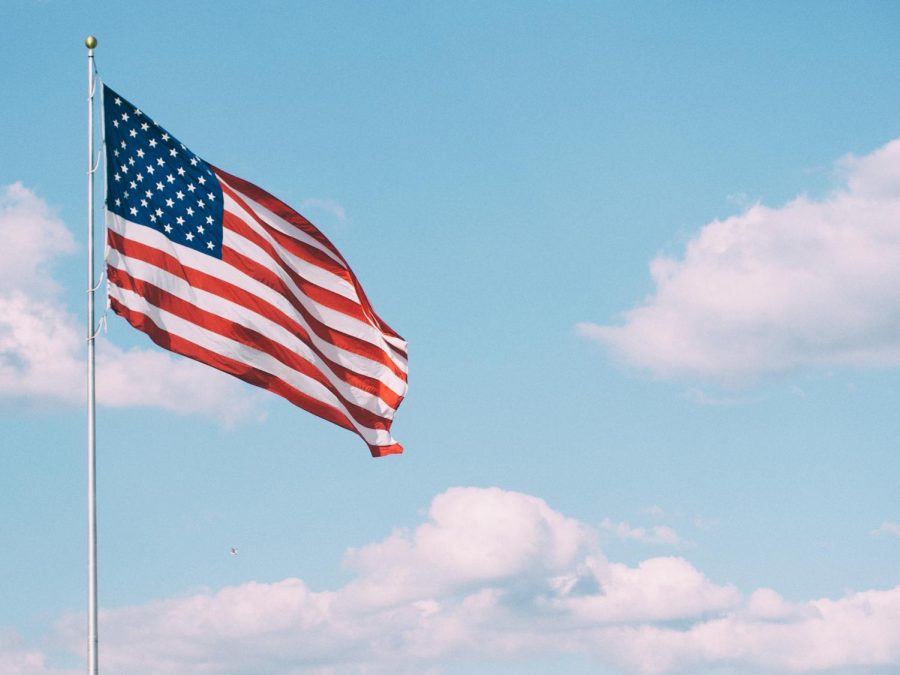The Pledge Of Allegiance: Why Do We Do It
April 26, 2019
Americans are weird.
We start the school day by standing up and reciting a pledge to an inanimate object, a ritual taught to us in kindergarten and one most people never really seem to question.
I fail to see the significance of mumbling the pledge along with 25 of my classmates every morning.
It’s about time that more people begin to question it.
The pledge first came into existence in the 1880s after the Civil War.
The Civil War sparked a growing distrust among Americans.
This distrust led to everyday Americans scrutinizing each other.
Confederate soldiers and their suspected Northern sympathizers were often arrested and only pardoned if they said an oath that signified their patriotism for the United States.
Of course this oath wasn’t for school children, just for suspected traitors.
Turns out the big push for students to pledge to the flag was introduced in 1892 by a popular children’s magazine “The Youth’s Companion” who concocted a plan to celebrate the anniversary of Columbus’ arrival in America.
The first instance where American children were told to recite a pledge to the American flag was Oct. 21, 1892.
This pledge wasn’t supposed to make its way into the school day, rather just celebrate the discovery of North America, but that’s another issue within itself.
This event would have normally just gone down in history as a simple marketing promotion for a children’s magazine.
The reason this celebration became so significant was mostly due to the influx of immigrants to the US during this time.
One of the collaborators of the celebration, Francis Bellamy, thought requiring the pledge at school would be an
important part in establishing patriotism within the new immigrant children.
“Americanism brings a duty . . . it must be made a force strong enough to touch the immigrant population which is pouring over our country,” said Bellamy when he addressed the National Education Association (NEA).
The flag movement further picked up during the Spanish-American War.
Many schools required students to recite the pledge during that time to further instill patriotism at young ages.
In 1923, the National Americanism Commission wanted a single flag code to unite the nation.
It became official in 1942 when Congress took out the required salute that too closely resembled Nazi Germany.
Then, in 1954, “under god” was added to the pledge, thus creating what we now mumble in morning announcements across schools all over the country.
The pledge, since it became official, has not been free from scrutiny.
It is no longer required to be said, nor is it required to say “under god;” however, just because officially these are no longer requirements, it still seems odd to have it in public schools because it doesn’t teach students anything.
Never, in my 12 years of schooling did I ever learn about the history of the pledge.
The pledge isn’t inherently bad, but I can’t help but see it as unnecessary.
I find it hard to stand for something that only gained popularity in the US due to a fear of immigrants and traitors within our country.
Reciting the pledge in public schools doesn’t make any sense.
Mumbling words to an inanimate object isn’t going to promote patriotism among students struggling through calculus.
We must work towards being a country that provides the same opportunities, the same care, to all of its citizens.
Instilling patriotism shouldn’t be something done to ward off anti-immigrant fear; it should come naturally.
If the U.S. wants its citizens to be proud of the country they live in, maybe it should give them something to be proud of.





